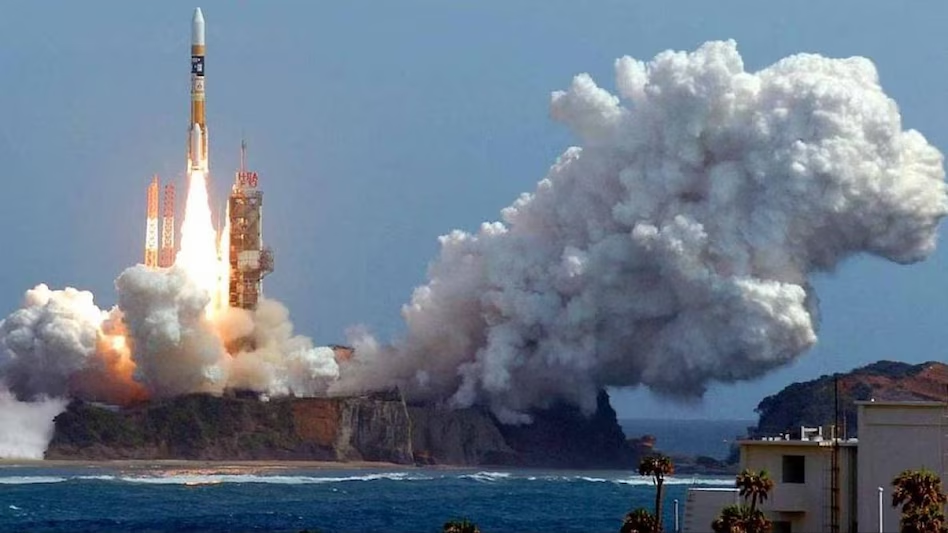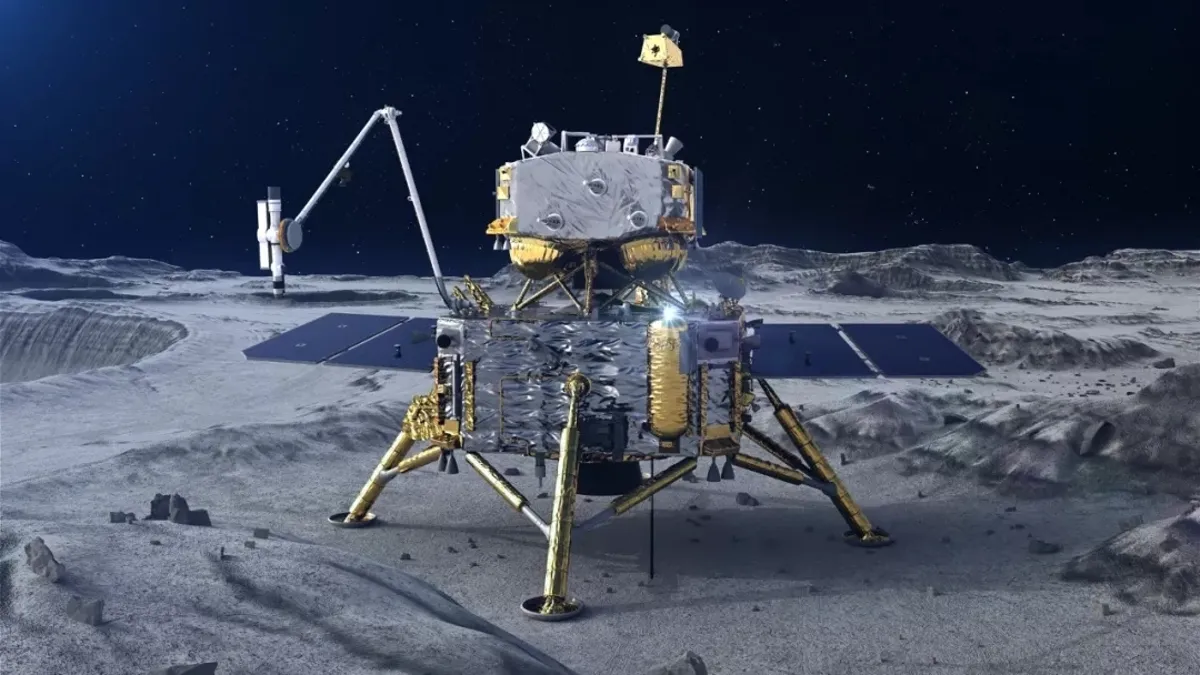Chang’e 6 Lunar Programme
The Chinese Lunar Exploration Program is designed to be conducted in four phases of incremental technological advancement:
- The goal of the first phase was to reach lunar orbit. This was completed by Chang’e 1 in 2007 and by Chang’e 2 in 2010.
- The second phase sought to land and move on the Moon, a feat that was accomplished by Chang’e 3 in 2013 and by Chang’e 4 in 2019.
- The third phase involved the collection of lunar samples and sending them to Earth, first completed by Chang’e 5 in 2020, and for the first time from the far side by Chang’e 6 in 2024. The Chang’e 5 mission returned 1.731kg of material from the northern hemisphere of the lunar near side.
- The fourth phase consists of the development of a robotic research station near the Moon’s south pole. The program aims to facilitate crewed lunar landings in the 2030’s and possibly build a crewed outpost near the lunar south pole.
Chang’e 6 is the sixth robotic lunar exploration mission by the China National Space Administration (CNSA). The spacecraft is named after the Chinese moon goddess Chang’e.

The spacecraft was launched on the 3 May 2024 from Hainan. The lander and rover touched down on 1 June 2024 in the southern mare of Apollo Basin (lunar coordinates: 41.6385°S 153.9852°W) on the lunar far side. The lander’s robotic scoop and drill took samples with a total mass of 1935.3 grams from the lunar surface; the ascender module then carried these into lunar orbit on 3 June 2024. The ascender docked with the orbiter module in lunar orbit on 6 June 2024 and transferred the samples to an atmospheric re-entry module which then returned to Earth. The lander and rover also conducted scientific experiments on the lunar surface. China became the first nation to bring back samples from the far side of the Moon. Scientists hope that the samples collected from the landing area may include lunar mantle material ejected by the original impact that created the SPA basin, material which can shed light on the differences that exist between the lunar near-side and far-side, and on the origin of the Moon and the Solar System.
The overall mission lasted about 53 days, ending on 25 June 2024 with the return capsule re-entering the atmosphere with the samples, landing by parachute in Inner Mongolia.
Mission architecture
Chang’e 6 was built as a copy of and backup to Chang’e 5. The mission consisted of four modules:
- Lander: landed on the lunar surface after separating from the Orbiter, equipped with a drill and a scooping device which obtained samples from 2m below the surface. The samples were then placed into the Ascender.
- Ascender: Initially located on top of the lander, it then made a fully autonomous and robotic Lunar orbit rendezvous and docking with the Orbiter where the samples were robotically transferred into a sample-return capsule for their delivery to Earth.
- Orbiter: after the samples were transported from the Ascender to the Orbiter, the Orbiter left lunar orbit and spent ~4.5 days flying back to Earth orbit and released the Returner (reentry capsule) just before arrival.
- Returner: The Returner performed a skip reentry to bounce off the atmosphere once before formal re-entering.
The estimated launch mass was 8,200kg the lander was 3,200kg and the ascent vehicle was 700kg.
Science payloads
In October 2018, CNSA announced that it would call for international partners to propose an additional payload up to 10kg to be included in this mission. In November 2022, it was announced that the mission would carry payloads from four international partners:
Lander
- A French instrument called DORN (Detection of Outgassing Radon) to study the transport of lunar dust and other volatiles between the lunar regolith and the lunar exosphere, including the water cycle.
- The Italian instrument INRRI (INstrument for landing-Roving laser Retroreflector Investigations) consisted of a retroreflector that precisely measures distances from the lander to orbit, similar to those used in the Schiaparelli and InSight
- The Swedish NILS (Negative Ions on Lunar Surface), an instrument to detect and measure negative ions reflected by the lunar surface.
Orbiter
The Pakistani ICUBE-Q CubeSat orbiter developed by the Institute of Space Technology in collaboration with Shanghai Jiao Tong University, which carried two optical cameras to image the lunar surface and obtain lunar magnetic field data.
Rover
Chang’e-6 carried a mini rover described as a mobile camera rover. The rover supported research into the composition of the lunar surface, the presence of water ice in the lunar soil via an imaging infrared spectrometer and imaged the Chang’e 6 lander on the lunar surface.

